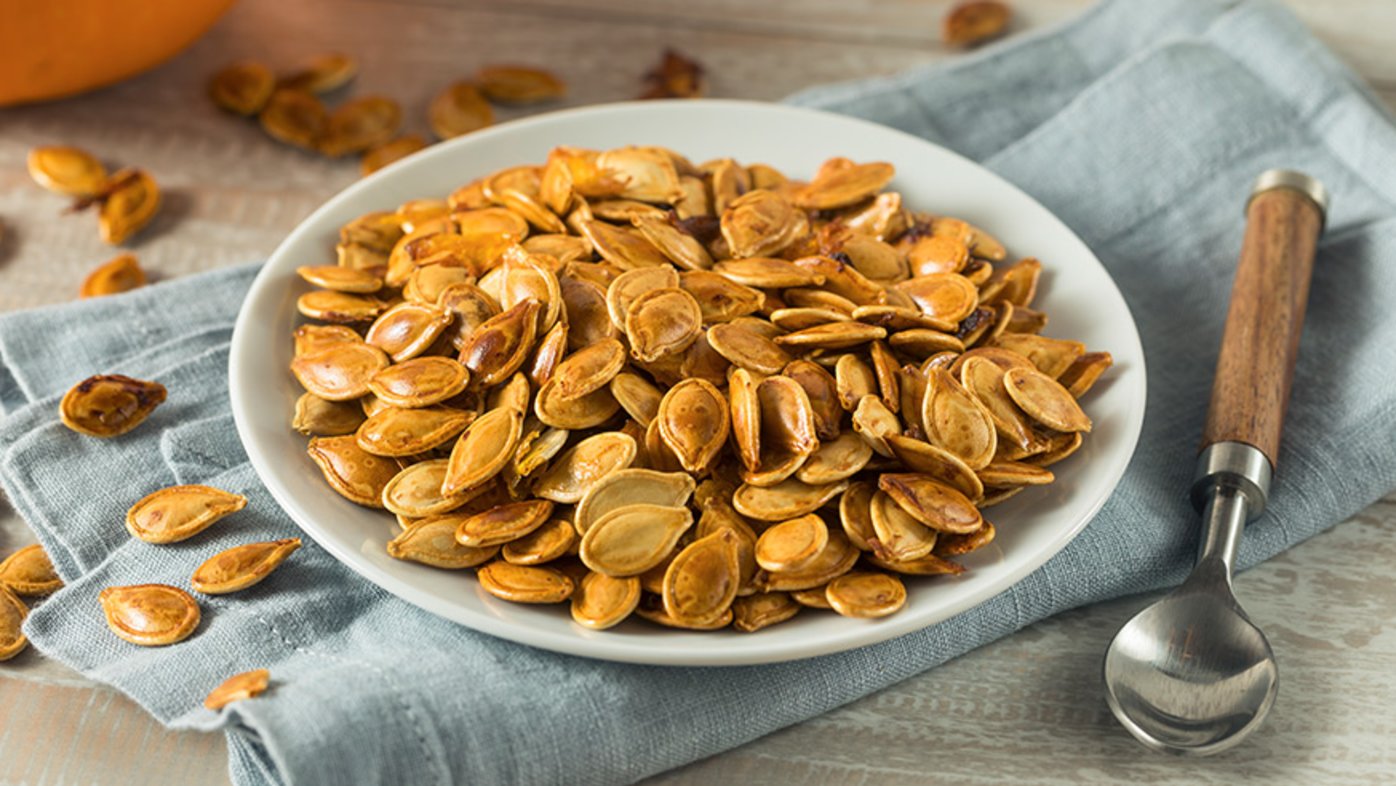
Health benefits of pumpkin seeds
Pumpkin seeds are loaded with the nutrients our bodies need.
Eating a healthy diet is important for both stroke recovery and prevention. In fact, experts say up to 80% of strokes can be prevented by making small, healthy lifestyle changes and working with a doctor.
According to Ursula Ridens, a registered dietitian nutritionist and certified intuitive eating counselor affiliated with Sharp Grossmont Hospital, maintaining normal blood pressure and cholesterol levels are two important factors for recovering from stroke and reducing the risk of stroke.
Improve blood pressure
High blood pressure, or hypertension, is the leading cause of stroke. Certain nutrients and fiber are important for managing blood pressure.
Ridens recommends:
Eating plenty of fruits and vegetables, especially those high in potassium, such as apples, bananas, apricots, oranges, cantaloupe, avocados, potatoes, sweet potatoes, spinach, zucchini and tomatoes.
Eating high-fiber fruits, vegetables and whole grains, such as 100% whole-wheat bread, brown rice, quinoa, bulgur wheat, farro and buckwheat.
Aiming for at least 2 cups of fruit, 3 cups of vegetables and 3 ounces of whole grains every day.
Including dairy foods, which contain calcium and potassium — two important nutrients that help manage blood pressure.
Ridens also suggests that rather than using salt — including sea salt, Himalayan salt, seasoned salt, garlic salt and onion salt — use seasonings that are sodium-free. Choose pepper, smoked paprika, onion powder, garlic powder, minced garlic, fresh or dried herbs, lemon zest and lemon juice.
“Be mindful of sodium intake,” she says. “Try to choose foods that have less than 300 milligrams of sodium per serving.”
Optimize the cholesterol in your diet
To reduce the buildup of plaque in the blood vessels, Ridens says it is important to include heart-healthy fats in one’s diet.
Choose unsaturated fats that are plant-based, such as olive oil, canola oil, avocado oil, olives, avocados and nuts. It’s not necessary to completely avoid saturated fats, but it’s good for people to be mindful of how often they include fatty meats, butter, cream, whole-fat dairy, desserts and chips.
Add high-fiber food sources, especially soluble fiber, to help manage LDL cholesterol — commonly known as the “bad” cholesterol. Soluble fiber sources include oatmeal, mangos, figs, oranges, Brussels sprouts, beans and lentils.
Choose foods that are good sources of omega-3 fatty acids. These include fish, chia seed, flaxseed and walnuts. Omega-3s help increase the “good” (HDL) cholesterol and reduce triglycerides.
“You don’t need to become vegetarian to be healthy; however, eating more plant-based foods certainly has its benefits,” says Ridens. “Including more fruits, vegetables, whole grains and plant-based proteins, such as nuts and beans, will help boost your antioxidant intake and decrease inflammation.”
This is especially important to reduce the risk of chronic diseases, such as heart disease, Ridens explains. “A Mediterranean style of eating is one approach to heart-healthy eating that is high in plant-based foods.”
Talk with your doctor if you’ve had a stroke and experience difficulty swallowing. A speech therapist may be able to help, Ridens says. They can evaluate your swallowing, provide techniques for improving swallowing, and recommend altered textures of food and liquid to prevent food from entering the windpipe.
Keep up physical activity
Physical activity can also help maintain blood pressure and cholesterol. Ask your doctor what level of activity is recommended based on your health history.
“Find forms of movement that feel meaningful to you, rather than forcing yourself to move in ways that you dread,” says Ridens.
Talk with your doctor if you have concerns about your stroke risk or have a personal or family history of stroke. Together, you can determine the lifestyle changes and appropriate treatments to reduce your risk of stroke.
Our weekly email brings you the latest health tips, recipes and stories.